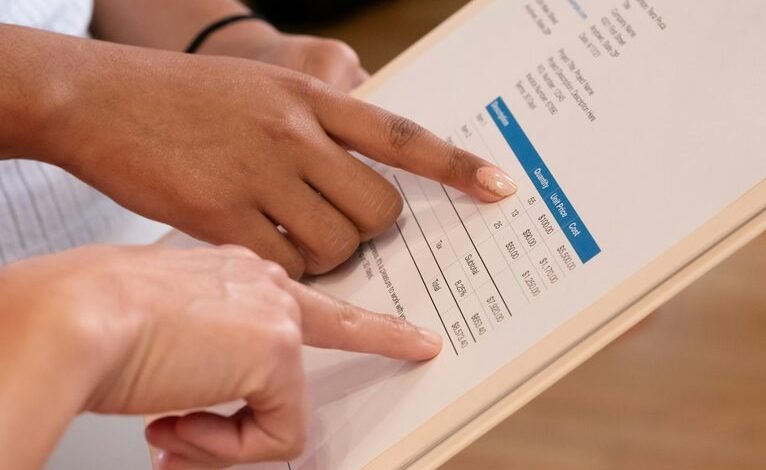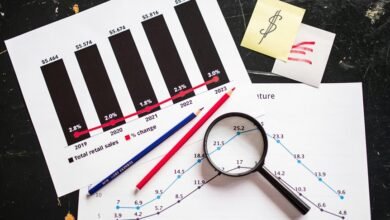Call Verification Records: 2565103546, 2565405066, 2565488647, 2565675872, 2566156921, 2566296248

Call verification records associated with specific phone numbers, such as 2565103546 and 2565405066, are essential for maintaining the security of digital communications. These records provide detailed insights into call activities, potentially revealing unauthorized access attempts. Their analysis can pinpoint vulnerabilities within communication systems. However, accessing these records necessitates strict adherence to privacy regulations. The implications of this compliance extend beyond mere access, raising questions about user trust and the integrity of digital interactions.
The Importance of Call Verification in Today’s Digital World
As digital communication continues to proliferate, the necessity for robust call verification mechanisms has become increasingly paramount.
Privacy concerns and the need for data integrity drive the demand for effective verification systems. These systems ensure that communications remain secure and authentic, safeguarding personal information while reinforcing trust in digital interactions.
Ultimately, such mechanisms empower users to navigate the digital landscape with confidence and autonomy.
How to Access Call Verification Records
Accessing call verification records involves a systematic approach that requires an understanding of various platforms and legal frameworks governing data retrieval.
Effective access methods include utilizing authorized databases, employing secure protocols, and navigating regulatory requirements.
Individuals seeking record retrieval must ensure compliance with privacy laws and possess necessary permissions, thereby safeguarding personal freedoms while obtaining critical communication data in a structured manner.
Analyzing Call Verification Records for Enhanced Security
The analysis of call verification records plays a crucial role in enhancing security protocols within communication systems.
By implementing robust call authentication measures, organizations can mitigate risks associated with unauthorized access.
Evaluating these records allows for the identification of anomalies, ensuring compliance with security protocols.
Consequently, this process fosters a secure communication environment, empowering users to engage freely while safeguarding sensitive information from potential threats.
Conclusion
In conclusion, the meticulous examination of call verification records, such as those linked to the numbers provided, is pivotal in fortifying digital communication security. While some may argue that privacy concerns hinder access, it is essential to recognize that compliant access only enhances user trust and confidence. By prioritizing the analysis of these records, organizations can effectively identify anomalies, thereby reinforcing authentication measures against unauthorized intrusion and ensuring a safer digital landscape for all users.





